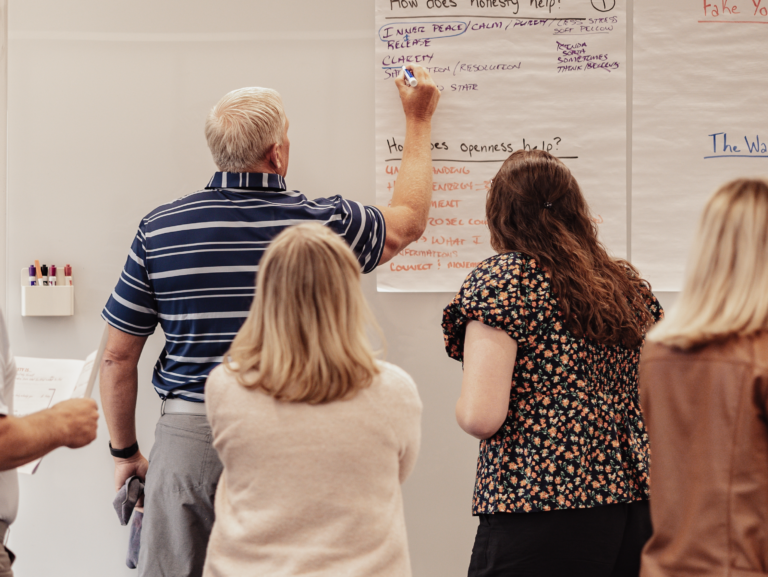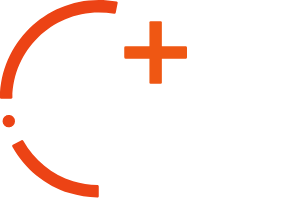How to Shift Them
Grace Gavin
Power dynamics are part of every organization, shaping the interactions and relationships within it. For those in lower positions, these dynamics can create a very real barrier to honesty. The fear of repercussions or unknowns often silences employees, preventing them from sharing their thoughts, needs, and concerns.
When I work with clients, we start at the top. This isn’t just about hierarchy—it’s about recognizing that the behavior and attitudes of leaders set the tone for the entire organization. As we continue training the rest of the team, a common concern emerges:
Can I really be 100% honest with my leadership?
This fear isn’t baseless. In a world where headlines frequently expose leadership failures and toxic workplace cultures, distrust is understandable. For many, past experiences have taught them that honesty can lead to negative consequences, from being ignored to outright retribution.
This is precisely why we focus on leadership first when it comes to openness and honesty. Employees need to see that their leaders are not just expecting honesty from them but are also committed to cultivating these skills in themselves. Leaders must model what it means to be both open and honest.
A reminder on the definitions:
Honesty - being truly and freely yourself, speaking into what you want and how you feel.
Openness - listening without reservation, putting your needs and wants on pause for someone else.
Employees struggle to be honest because there is a lack of openness from those leading. Whether that lack is real or perceived doesn’t matter. Even if you believe you’re doing a good job, there’s likely room for improvement. Helping everyone be open and honest requires education.
If you assume your team knows you’re open to their ideas and feedback but never explicitly state that, you leave them to their own, often incorrect, assumptions. They will default to the fear that society has planted in us unless the expectations are crystal clear for everyone. This is where the disconnect lies and where power dynamics undermine the honesty we all want to experience.
Leaders must move toward greater openness first and then encourage those in lower positions to be more honest. This shift isn’t just a matter of policy—it’s about transforming how your organization communicates. By acknowledging the power dynamics at play and consciously working to balance them, leaders demonstrate that they are not only aware of the challenges faced by their teams but are also committed to addressing them.
When we actively work to shift these dynamics, we create an environment where honesty is not just expected but a valued and integral part of the organization. This means creating conversations where employees at every level express their ideas, concerns, and feedback without fear of retribution because they know the leader on the other side is open to it.
Creating this doesn’t happen overnight—it requires consistent practice, self-awareness, and a willingness to engage in uncomfortable conversations. Starting with your foundation of openness and honesty will greatly accelerate the process. Leaders must regularly check in with themselves and their teams, asking the hard questions:
Are we truly open, listening without reservation? Are we making it clear that we value honesty? Are we addressing the power imbalances that may exist, intentionally or not?
When we commit to this, we set the stage for a more cohesive, innovative, and resilient organization. Recognizing and addressing power dynamics is not just a thought exercise—it’s a strategic imperative. When leaders lead with openness and encourage honesty at every level, they unlock the full potential of their teams. Where every voice can be heard, leading to better decision-making, higher engagement, and ultimately, greater success by doing better together.







